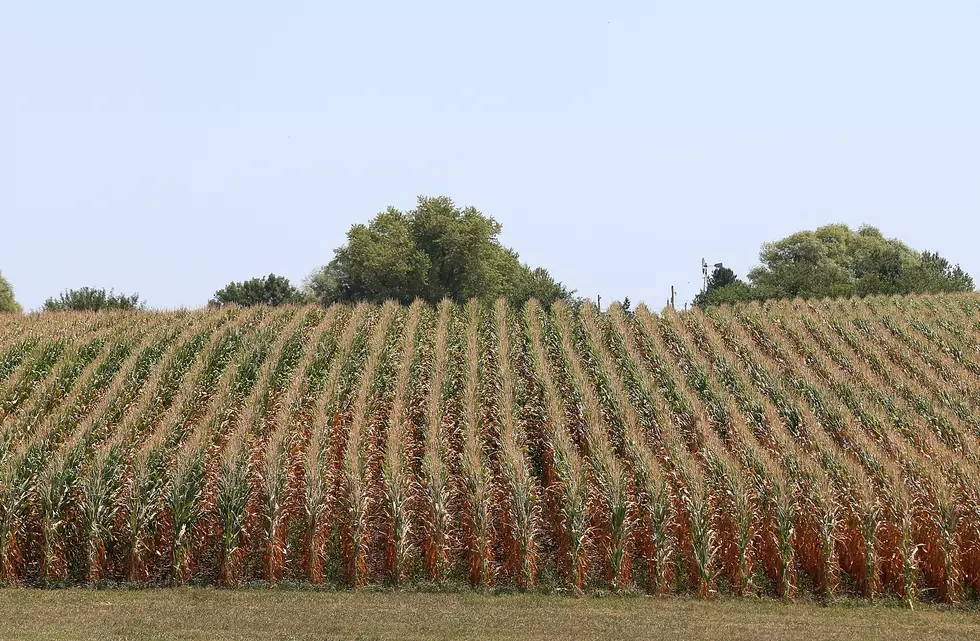
Variety Trials & Choosing Seed for 2013
URBANA -- The 2012 University of Illinois corn and soybean trial data are now posted on the website http://vt.cropsci.illinois.edu/, according to University of Illinois professor of crop sciences Emerson Nafziger. Results can be downloaded either as PDF files or as Excel® spreadsheets, which allow sorting by yield or other data.
“Corn and soybean trials are conducted as regional trials, with four corn regions, North, West Central, East Central, and South. Soybeans are divided into five regions numbered from north, which is Region 1, to south, which is Region 5,” Nafziger explained.
Each of the corn regions has three locations, and the soybean regions have either two or three locations each. A variety entered by a company must be at all the locations within a region.
“We do this because most varieties are in the trials for only one year, so having data across two or three locations gives a much more reliable prediction of performance than results from a single site for one year,” he said.
Nafziger believes that results across locations provide a good comparison of different trial entries. However, whether the different varieties will perform as they did in the trials depends on whether the next year’s growing conditions are similar to the trial conditions.
“As we never know what next year will bring, we never know if the performance of a variety this year, especially in comparison with other varieties, will repeat next year,” he said.
Despite some predictions that next year will again be unusually dry, Nafziger said that yield records indicate that unusual growing seasons do not typically repeat the next year.
“Our best guess is that conditions next year will be ‘average,’ meaning that it makes sense to use data from trials where conditions were more or less ‘average’ this year,” he said.
In years with average (good) growing conditions, all of the variety testing data are averaged across locations within a region. Yields are also averaged for two and three years for each region, though only about 30 percent of hybrids in the 2012 trials were entered for two years, and about 10 percent were entered for three years, in the same region.
A season like 2012, with very dry weather in many areas and yields that ranged from high to zero, brings special challenges with regard to using data from variety trials. As an example, yields in the MG 2 trial in Region 1 (northern Illinois) averaged 52, 62, and 75 at Mt. Morris, DeKalb, and Erie, respectively. Such a wide range of yield levels among locations raises a question: When trying to predict performance for next year, why combine results from such different sites?
The answer is found in how well the data from different trials line up with one another. When varieties “hold rank” from one site to another, averaging over those sites helps predict future performance.
If performance across locations is not consistent, predictive ability is compromised. In some cases, dropping data from such sites is warranted. In the 2012 U of I corn hybrid trials, four of the 12 sites were not harvested due to very low yields, and data from two other sites were not included in the report. Dropping data is a judgment call; low yields, high variability, and an expectation that results were influenced by unusual factors that are not likely to repeat are all factors in making such decisions.
“If we feel that data do not improve the predictive value of a trial, we tend not to use them,” Nafziger said.
What is the best way to choose hybrids and varieties for next year after a season like 2012?
“Most varieties are backed by a large body of performance data, from trials run over many sites and for several years by the originating breeders and seed companies,” he explained. “Testing is widespread before release, while university trials typically include entries only after release. Most of the data on performance are held by companies, and company personnel use them, as well as some university trials data, to decide what seeds to produce and sell.”
So while university trials are important as a means to compare entries from many different sources and companies, they are not and should not be the only, or even the major, place to look at performance data.
“Find companies that you trust that sell hybrids and varieties that you know do well, and use university trials as a way to backstop your decisions on what to use,” Nafziger advised. “At the same time, know that no testing program can ever make exact predictions, and that there can be surprises, some good but most not good, when we put a hybrid or variety in an environment it has not experienced before.
*Information provided by Susan Jonganeel at the University of Illinois.
More From KHMO-AM 1070, News-Talk-Sports









